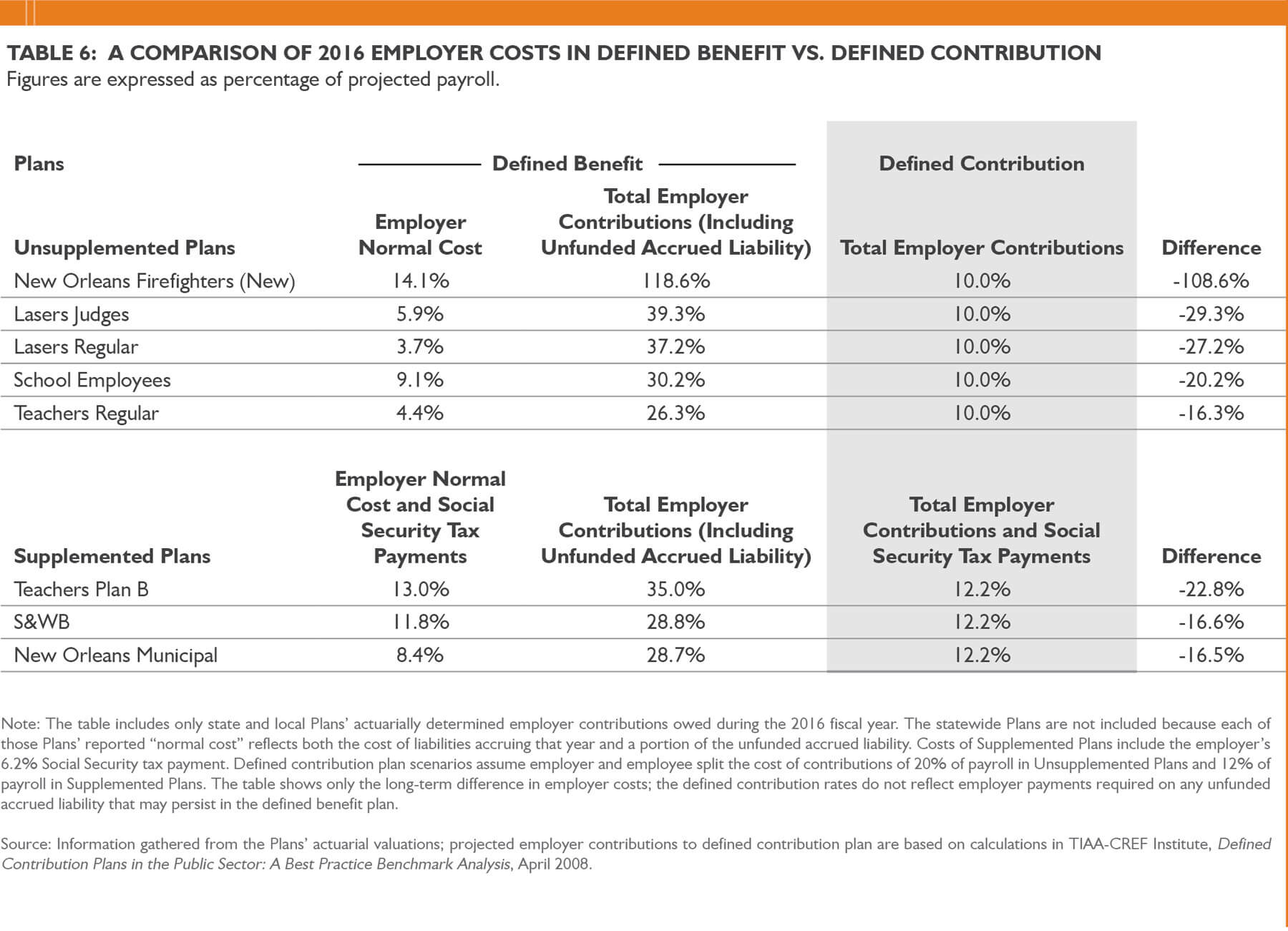Home>Finance>Nonelective Contribution: Definition And Benefits To Employees


Finance
Nonelective Contribution: Definition And Benefits To Employees
Published: January 1, 2024
Learn about the definition and benefits of nonelective contribution in finance, a key aspect of employee compensation. Discover how it can enhance financial security and future planning for employees.
(Many of the links in this article redirect to a specific reviewed product. Your purchase of these products through affiliate links helps to generate commission for LiveWell, at no extra cost. Learn more)
Nonelective Contribution: Definition and Benefits to Employees
When it comes to managing your finances, it’s important to stay informed about various options that can help you save for the future. One such option is a nonelective contribution, a term commonly used in finance. But what exactly is a nonelective contribution, and how can it benefit employees? In this blog post, we’ll explore the definition of nonelective contribution and discuss its advantages for individuals looking to secure their financial well-being.
Key Takeaways:
- A nonelective contribution is a type of contribution made by employers to their employees’ retirement plans, regardless of whether the employee contributes to the plan.
- This contribution is usually a fixed percentage of the employee’s salary and can be a valuable benefit to help employees build their retirement savings.
What is a Nonelective Contribution?
A nonelective contribution, also known as a non-elective contribution or employer contribution, is a contribution made by an employer to an employee’s retirement plan without any participation or contribution required from the employee. It is an additional benefit provided by the employer, on top of any employee contributions, to help employees save for their future.
This contribution is often a fixed percentage of the employee’s salary, typically ranging between 2% and 5%. While the employee can choose to contribute to their retirement plan separately, the nonelective contribution is made regardless of whether the employee decides to save on their own.
Benefits of Nonelective Contributions to Employees
Now that we have a clear understanding of what a nonelective contribution is, let’s explore the benefits it offers to employees:
1. Enhanced Retirement Savings
Nonelective contributions can significantly boost an employee’s retirement savings. By receiving a percentage of their salary as a contribution from their employer, employees have the opportunity to accumulate a higher amount of funds in their retirement accounts over time. This extra money can make a significant difference when it comes to securing a comfortable retirement.
2. Financial Security
With a nonelective contribution, employees can feel more financially secure. Knowing that their employer is helping them save for retirement, regardless of their own contributions, provides peace of mind. This additional benefit empowers employees to focus on other financial goals while having a retirement safety net in place.
Conclusion
Nonelective contributions are a valuable benefit offered by employers to help employees save for retirement. By receiving a fixed percentage of their salary as a contribution to their retirement plan, employees can enhance their savings and enjoy increased financial security. If your employer offers a nonelective contribution, make sure to take advantage of this opportunity to build a stronger financial future.














